Optimal Timing for Storm Restorations
Storm restorations are most effective when performed during periods of low weather activity, typically in late spring and early fall. These times allow for thorough repairs without the interference of ongoing storms, ensuring better safety and quality of work. Planning restorations during these windows can reduce delays caused by adverse weather conditions.
Late spring and early fall usually experience calmer weather, making them ideal for storm restoration projects.
Research indicates that the majority of severe storms occur between June and September, with fewer storms in spring and fall.
Performing restorations before storm seasons can help mitigate damage and reduce repair costs.
Immediate repairs after storms are crucial, but scheduling during off-peak seasons can lead to more efficient work.

Evaluating damage early helps plan effective restoration strategies.

Specialized tools ensure efficient repairs during optimal weather conditions.
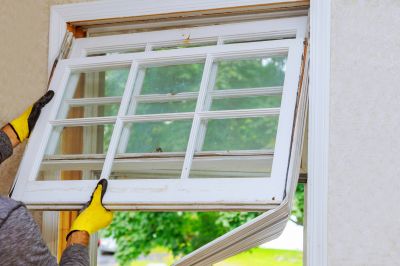
Restoration projects finalized in favorable seasons ensure durability.
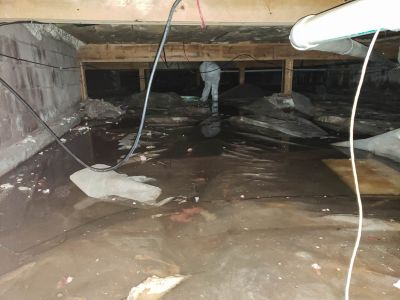
Ways to make Storm Restorations work in tight or awkward layouts.
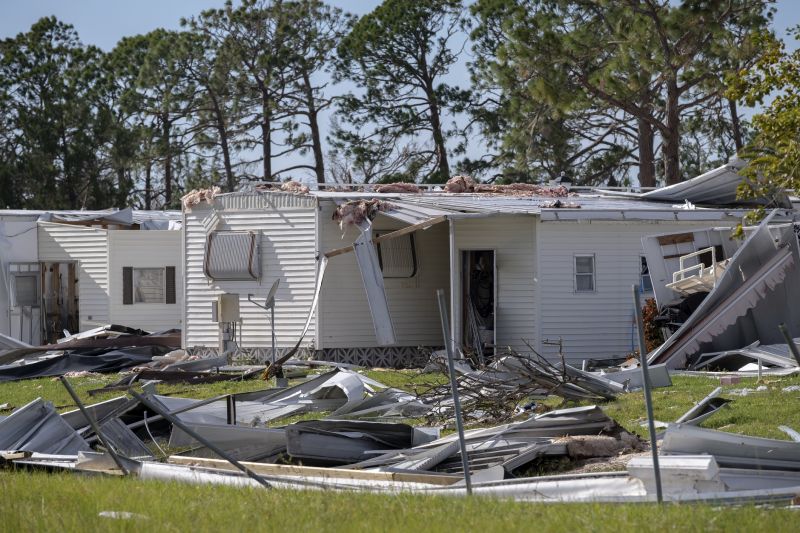
Popular materials for Storm Restorations and why they hold up over time.

Simple add-ons that improve Storm Restorations without blowing the budget.
| Season | Advantages |
|---|---|
| Spring | Fewer storms, moderate weather, longer daylight hours |
| Summer | Longer days, warm weather, potential for quick repairs |
| Fall | Low storm activity, ideal for pre-storm preparation |
| Winter | Limited storm activity, but weather can be unpredictable |
Storm restorations involve repairing damage caused by severe weather events such as high winds, heavy rain, and hail. These repairs are essential for maintaining structural integrity and safety. Proper timing allows for comprehensive assessments and effective repairs, reducing the risk of further damage and extending the lifespan of affected structures.
Statistics show that storm-related damages often peak during specific months, with the majority of high-impact storms occurring in late summer and early fall. Planning restoration projects outside these peak periods can lead to more efficient scheduling, better resource allocation, and higher quality results.
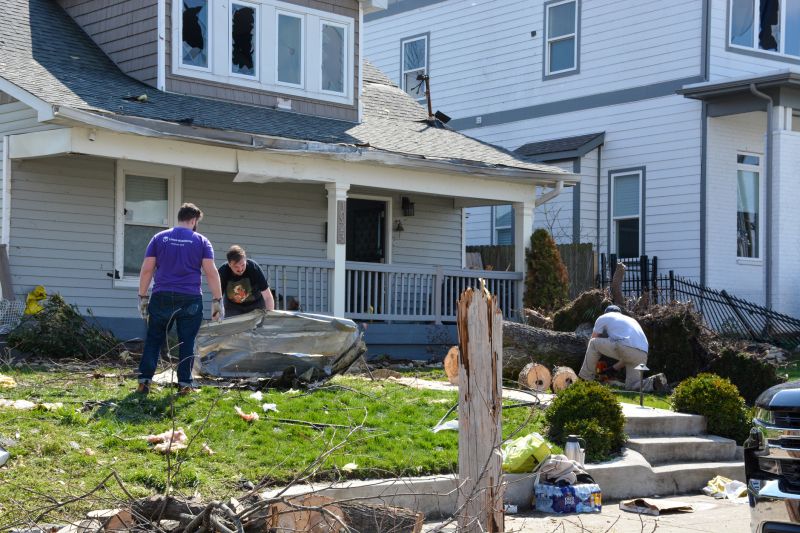
Effective restoration minimizes long-term damage.
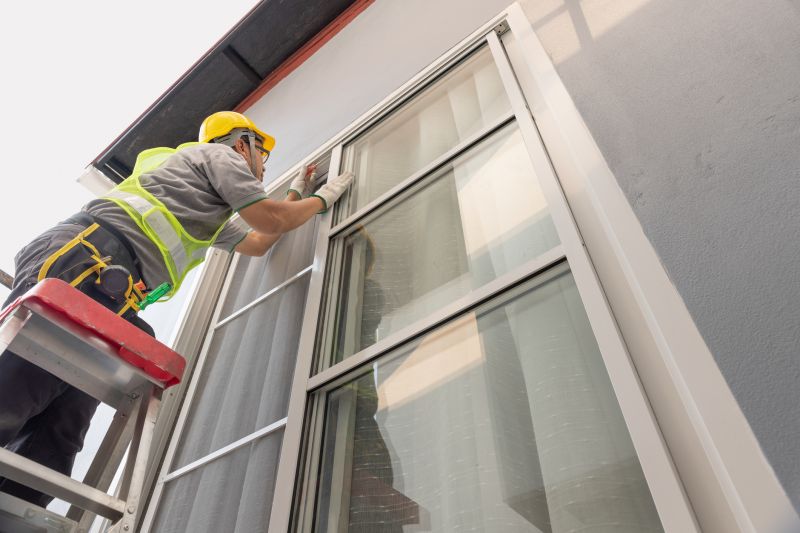
Skilled teams perform repairs during optimal weather.
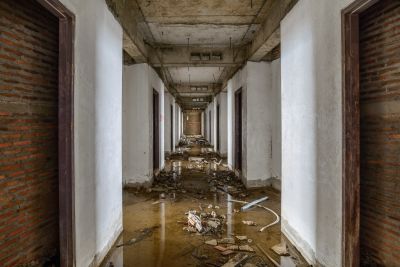
Visual evidence of restoration effectiveness.
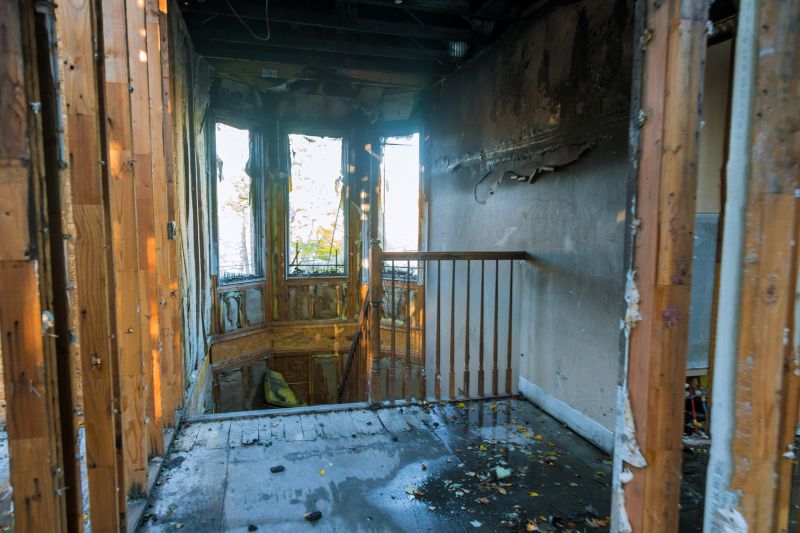
Thorough assessments guide restoration efforts.

High-end options that actually feel worth it for Storm Restorations.

Finishes and colors that play nicely with Storm Restorations.
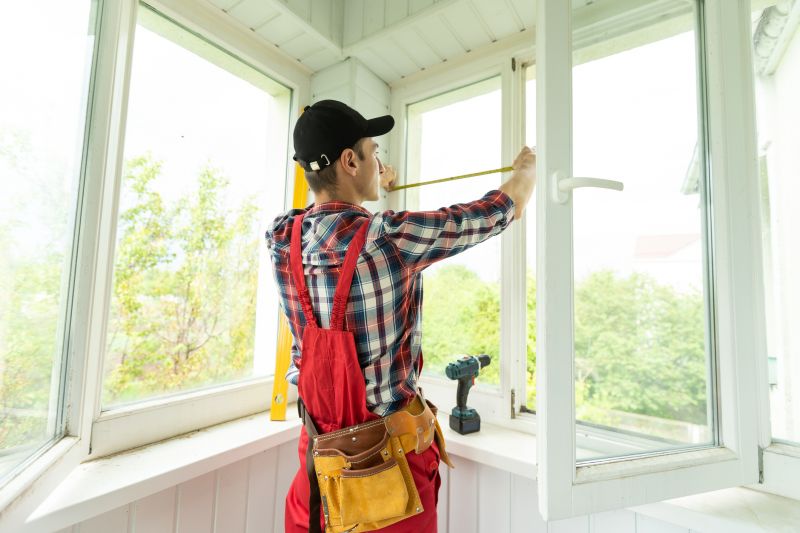
Little measurements that prevent headaches on Storm Restorations day.
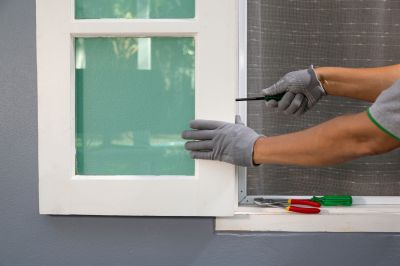
A 60-second routine that keeps Storm Restorations looking new.
Interested parties are encouraged to contact for further information on scheduling storm restorations. Proper timing and preparation are key to ensuring durable and effective repairs, safeguarding properties from future weather events.
